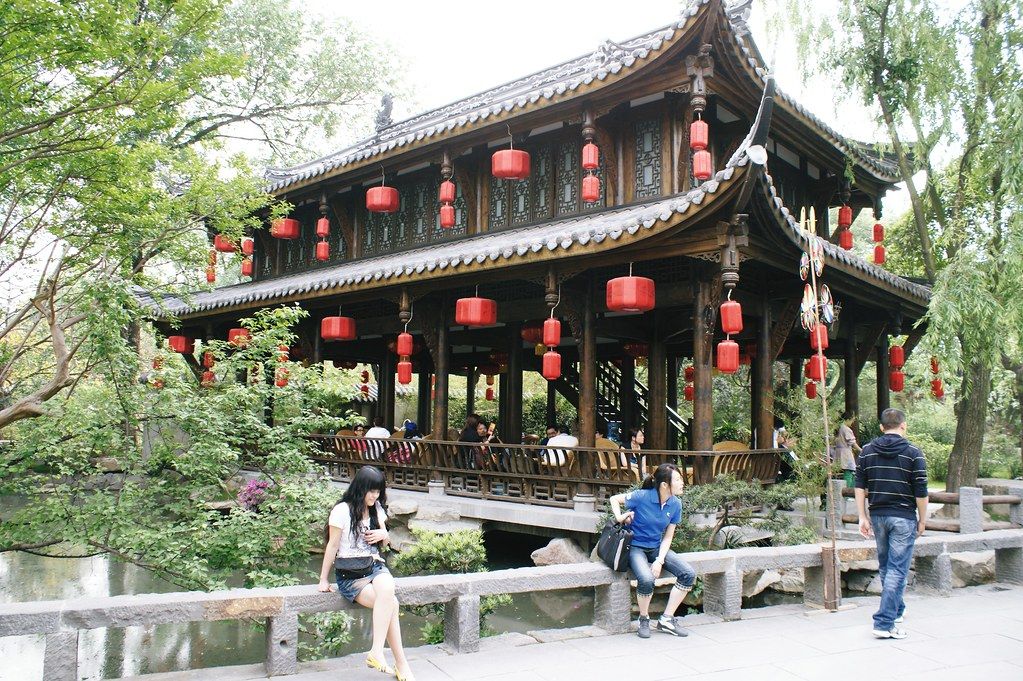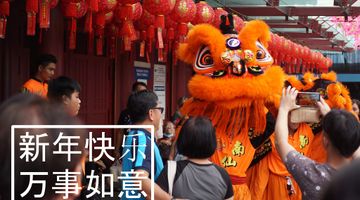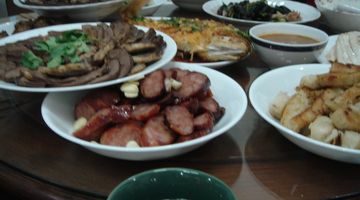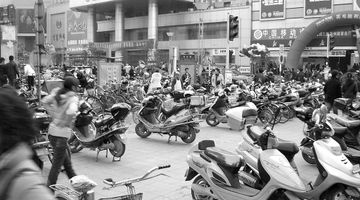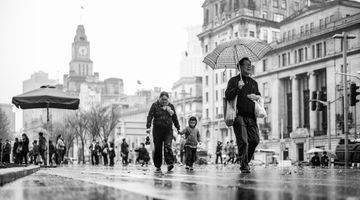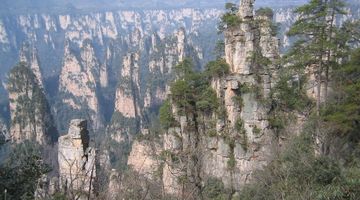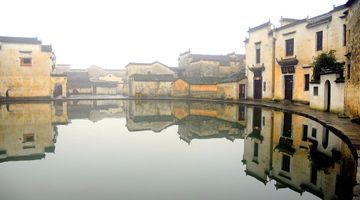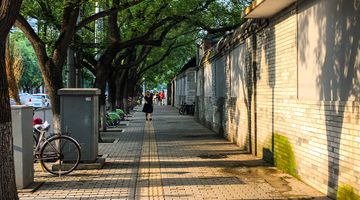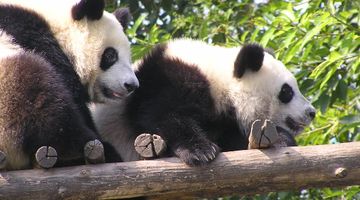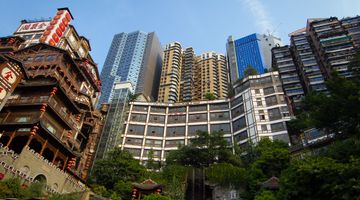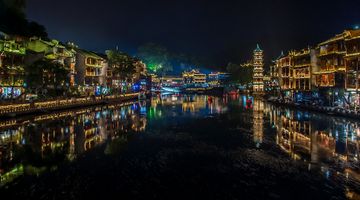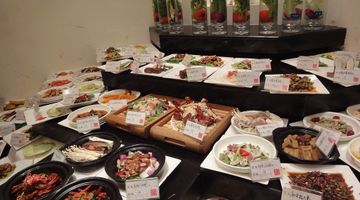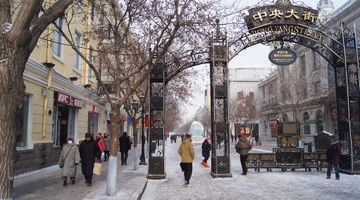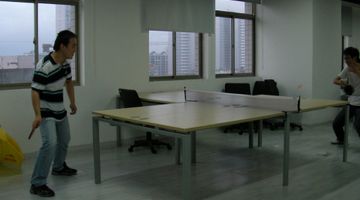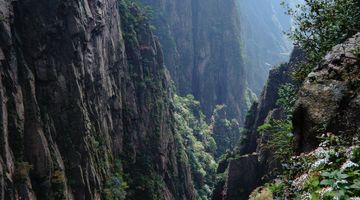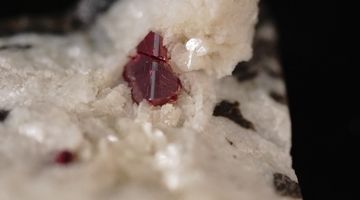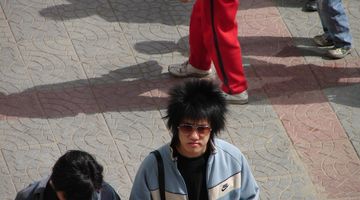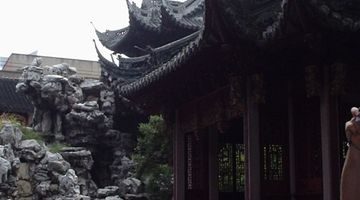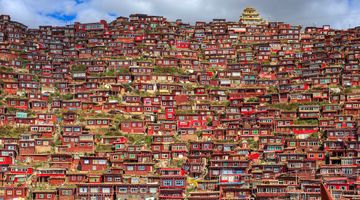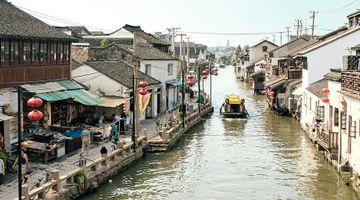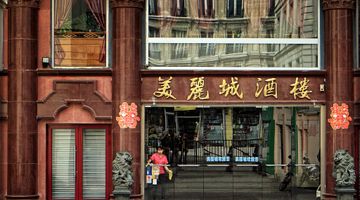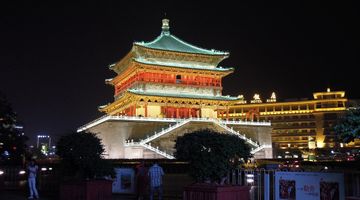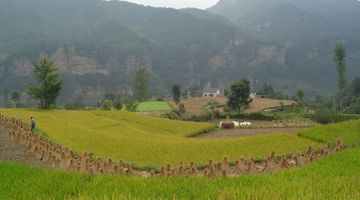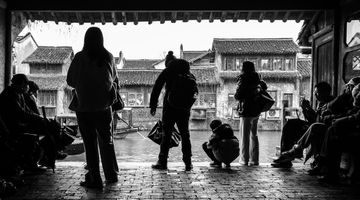Chengdu China – Top-10 Tourist Attractions and Activities
Chengdu, the capital city in Sichuan province has over 2000 years of history with numerous places to visit. So if you would like to know about things to do, the most interesting places and the top tourist attractions in Chengdu then read on, this is perfect for you. Chengdu is one of the major travel destinations in the south west of China so here are the top 10 tourist attractions in Chengdu.
1. Giant Pandas
The Chengdu Research Base of Giant Panda Breeding is just 10km from the centre of the city and by far the easiest way to see these magnificent creatures at close range. Giant Pandas are only found in the provinces of Sichuan, Gansu and Shaanxi with less than 2000 in the wild, of those 70% are to be found in Sichuan province. The research centre has some superb breeding programs that have enabled this animal to increase in numbers in the wild. It is one of the must see attractions when you come to Chengdu, you can take metro line 3 to Panda Avenue where you can take a shuttle bus to the entrance. The entry fee is CNY58 and it is open daily from 7.30am until 6pm. the best time to visit is from 9am until 10am when the animals receive their breakfast. It is one of my favourite attractions in Chengdu.
2. Museums and Tianfu Square
Tianfu Square is in the heart of the city and one of Chengdu’s focal points. It is the largest city square in the south west of China and is dwarfed on all sides by towering skyscrapers. It is in one of Chengdu’s busiest areas, its commercial and business district, with two metro lines meeting beneath the square making it an important cross city transport hub. In the evening there is a free show where the many fountains interact with music and lights adding to the attraction of the square.
To the north of Tianfu Square is the Sichuan Science and Technology Museum, located behind a giant statue of Mao Zedong (Chairman Mao), the museum is free to enter and has some great interactive exhibits. Next to this is the Sichuan Art Gallery, a highlight of many tourists visit. The Chengdu Museum is located to the west of the square and is the biggest museum in the city. The Imperial Mosque is to the south of Chengdu Museum is the largest mosque in Sichuan province and has been in use since the 16th century.
The Jincheng Art Palace is one of the finest theatres in the province and hosts performers from all over the world in a wide variety of entertainment from ballet, opera and music. Behind the Art Palace is the beginning of a district of shopping malls and department stores. You can buy just about anything you need in Chengdu here. Metro lines 1 and 2 meet at Tianfu Square and all these attractions are within a few minutes’ walk of the metro station.
3. Temples and Monasteries
Chengdu has several temples and monasteries and my favourite of these ancient places of worship is Wenshu Monastery. It is the best preserved Buddhist temple in the city with hundreds of statues and relics on display. it is located on Wenshu Yuan Street which is close to the main north/south arterial route of Renmin Road. It has its own metro stop on line 1 making access very easy.
Wenshu Monastery was first built during the Tang dynasty of 618-907 and was originally known as Xinxiang Temple. It has a collection of over 500 paintings and pieces of calligraphy from the Tang and Song dynasties. Other temples worth visiting include the 6th century Wuhou Temple, the Yongling Mausoleum and the Zhaojue Temple. Qingyang Palace is Chengdu’s oldest Taoist temple and Baoguang Temple dates from the Eastern Han Dynasty of 25-220AD.
4. Walking and Cycling Tours
A good way to see the city and to learn a little bit of its history is through the eyes of a local and a good way to do this is by taking part in walking or cycling tours. Most of the international hostels in Chengdu organize these types of activities and they are usually free to guests. A small fee is charged to anyone else that would like to join the tour. A slightly more energetic tour is offered when you opt for a cycling tour but then you will also get the chance to see more sights. Hotels can arrange these tours for you to suit your needs.
5. Ancient Towns
There are several ancient towns within one hour travel time of the city centre; Huanglongxi Ancient Town is one of them. This ancient town is more than 1700 years old and 30km to the south east of Chengdu; it is admired for its natural scenery and history of Chinese culture. It was an important military outpost during the Kingdom of Shu which ruled from 206BC-24AD. There are seven ancient streets that have been preserved dating from the Ming dynasty of 1368-1644. The stilt houses on the river bank are over 800 years old and in the cliffs surrounding the town you can see where coffins were placed into the cliff face during the Han dynasty. The ancient streets are also used in Chinese historical movies, with more than 100 movies and TV shows having been filmed here. The ancient town is free and open to see all day, you can take a bus from Chengdu, and the cost is CNY15.
6. Sichuan Opera
The Sichuan Opera is an important part in the local culture of Chengdu. It is popular as far away as the provinces of Yunnan and Guizhou as well as in Sichuan itself. It is a combination of five operatic styles from other regions that were combined during the Qing dynasty of 1644-1911. It uses a local dialect and the role of a clown is of critical importance. Chengdu has several locations where you can see performances such as at the Opera Theatre on Zhuangyuan Street, the Shunxing Old Tea House in the Exhibition Centre or at Shufeng Square inside the People’s Park.
7. Tea Houses
The people of Sichuan will tell you their tea houses are the best in the world, the people of Chengdu will say theirs are the best in Sichuan. Chengdu’s tea houses are not just a place to drink tea, they are places to relax and socialize with family and friends. Some even give free opera performances such as at the Yuelai Tea House on Huaxingzheng Street where you can be entertained from 2pm until pm every afternoon from Tuesday through to Saturday. If you want a quieter atmosphere then go to Heming Tea House in Renmin Park, they serve tea from 6am until 7pm. you can find tea houses all across the city, ask a local where the best ones are located.
8. Cooking Tours/ Food Tours
The Sichuan Cuisine Museum is located 33km from Chengdu and is the world’s only museum dedicated to a particular type of cuisine. There is a display of recipe books, raw materials and utensils used over the centuries but the highlight of this museum is you can learn to cook authentic Sichuan food under the instructions of a qualified chef.
There are several halls to view including exhibits dating from the Warring States Period of 475-221BC. You can discover how dishes are made in the interactive hall and then make your own. It is a fun way to learn about this ancient style of fiery and spicy food. The museum is open daily from 9am until 6pm and the entry fee is CNY60. If you want to take part in the cooking then that will cost CNY360.
9. Poetry
Chengdu has a long history of connections to poetry or to the poets responsible for those poems. The Thatched Cottage of Du Fu is a memorial to the work of the famous poet who lived in Chengdu for 4 years during the Tang Dynasty. Du Fu was born in Henan province in 712; he fled to Chengdu in 759 after the An-Shi rebellion the previous year. During his time in Chengdu he wrote more than 240 poems that are now considered to be national treasures.
The Wangjiang Pavilion Park is located on the south bank of the Jinjiang River. Its name in English literally means ‘River Watching Tower’ the tower in question was built in 1889 to honour the female poet Xue Tao who also lived during the Tang dynasty of 618-907. During her lifetime she wrote over 500 poems. Inside the park there is lots of bamboo, over 150 different kinds are assembled here in her honour, the elegant gardens are the finest you will find in Chengdu.
10. Chunxi Road
Chunxi Road Pedestrian Street is a paradise for the shopaholic, located to the east of Tianfu Square it is a giant centre of commerce with several malls backing on to each other. It was originally designed as a shopping and retail centre in 1924 to connect two shopping centres, now almost a century later it is the fashionable centre of the city. You can take the metro lines 1 or 2 to Tianfu Square or lines 2 and 3 to Chunxi Road station. It is open daily from 10am until 10pm.
Conclusion
Chengdu has mild and humid weather all year; it has a short warm spring, a long hot summer, a cool autumn and a cold cloudy winter. There is less sunshine here than in many Chinese cities with fog being a regular occurrence, particularly in the winter. The best time to visit Chengdu is from March until June in the pleasant spring weather. September until November is also a pleasant time but can be a little cooler. July and August are the hottest months but also the wettest.

